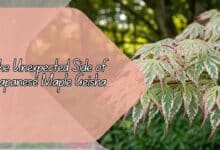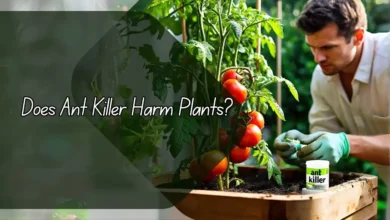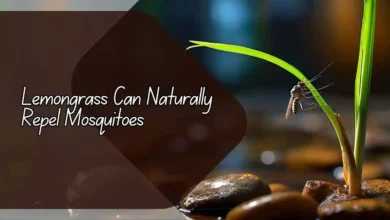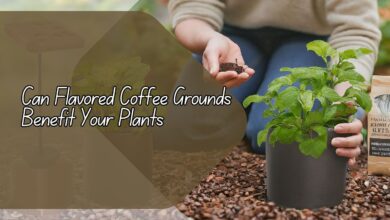
Creating a Tropical Oasis in Zone 6: Top Plants for a Lush Landscape
Are you looking to transform your Zone 6 garden into a lush tropical oasis? In this article, we will discuss the top plants that thrive in Zone 6 and can create a tropical feel in your landscape.
From colorful flowers to lush green foliage, these plants will add a touch of paradise to your outdoor space. Read on to learn more about creating a tropical oasis in Zone 6!
Which plants are best suited for a tropical oasis in Zone 6?
When it comes to creating a tropical oasis in Zone 6, there are several plants that are well-suited to the colder climate. Palms are a popular choice, as well as banana trees, elephant ears, and hibiscus. These plants can add a touch of the tropics to your garden and thrive in Zone 6’s unique growing conditions.
In addition to these exotic plants, you can also incorporate colorful tropical flowers such as cannas, bird of paradise, and bougainvillea. These plants will add a burst of color to your landscape and attract butterflies and hummingbirds. By combining a variety of tropical plants, you can create a lush and vibrant oasis in your Zone 6 garden.
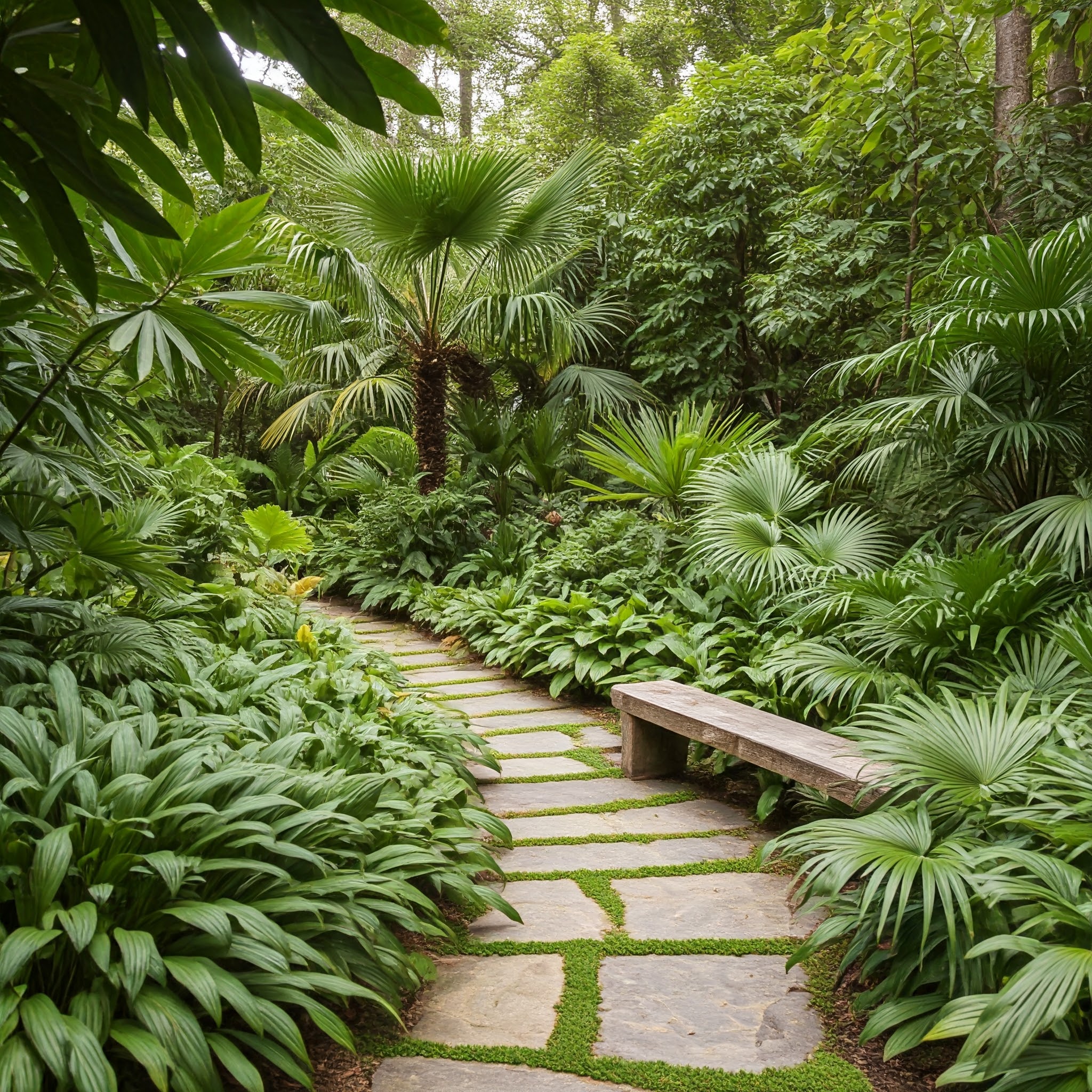
How can I care for tropical plants in a Zone 6 garden?
While tropical plants may seem out of place in a Zone 6 garden, with the right care, they can thrive in this climate. To ensure the health and vitality of your tropical plants, it is important to provide them with proper watering, sunlight, and nutrients. Make sure to water your plants regularly, as tropical plants require consistent moisture to thrive.
In terms of sunlight, most tropical plants prefer full sun to partial shade. Be sure to plant them in a location where they will receive adequate sunlight throughout the day.
Additionally, tropical plants benefit from regular fertilization, especially during the growing season. By providing your plants with the proper care, you can enjoy a beautiful tropical oasis in your Zone 6 garden.
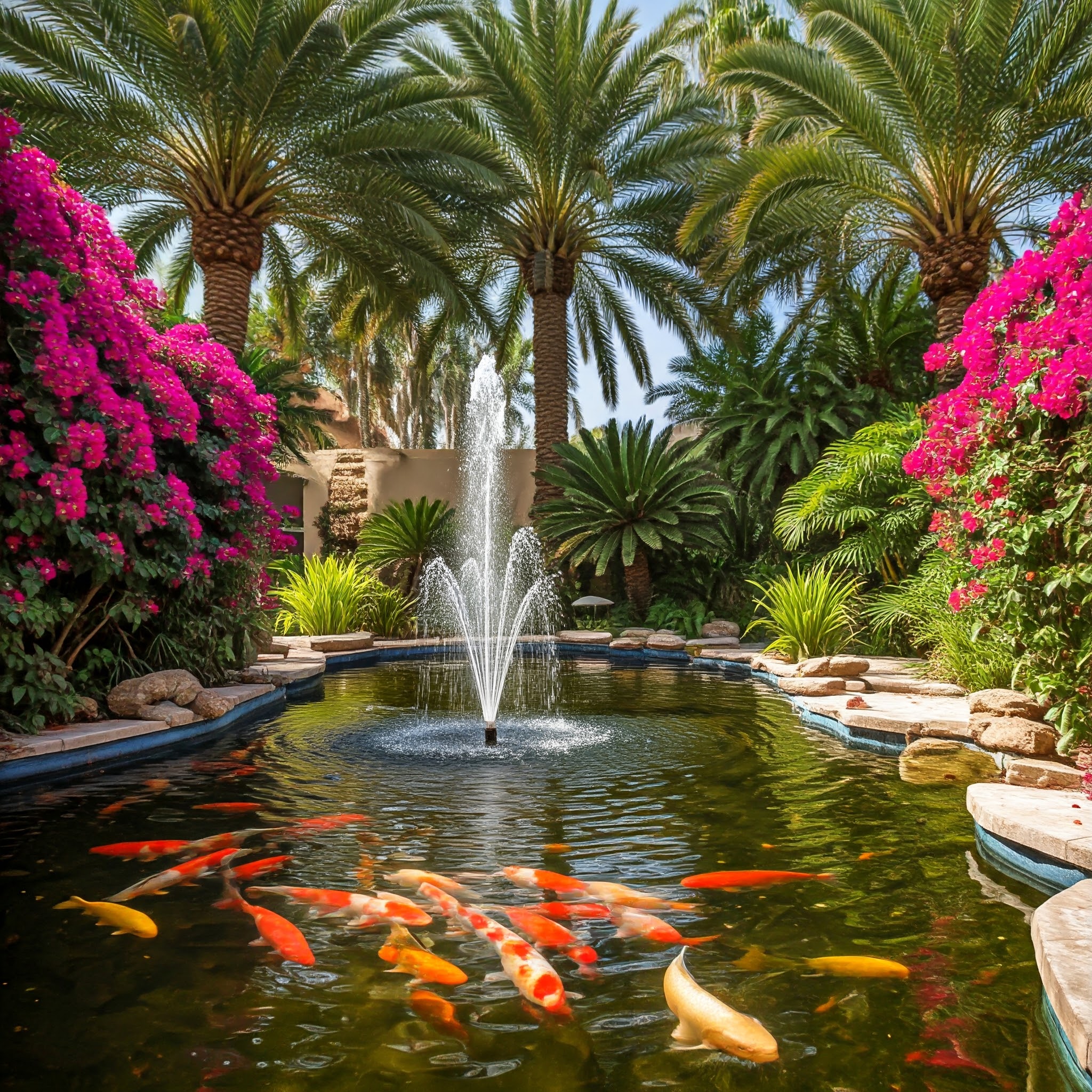
What are some tips for designing a tropical oasis in Zone 6?
When it comes to designing a tropical oasis in Zone 6, there are a few key tips to keep in mind. First, consider creating a focal point in your garden with a large palm tree or banana plant. These plants can serve as a centerpiece for your landscape and add a dramatic touch of the tropics.
Additionally, layering plants of varying heights and textures can create depth and interest in your garden. Mix in colorful tropical flowers and lush green foliage to add vibrancy and dimension to your landscape.
Finally, consider adding water features such as a fountain or pond to enhance the tropical feel of your garden. By incorporating these design elements, you can create a stunning tropical oasis in your Zone 6 garden.
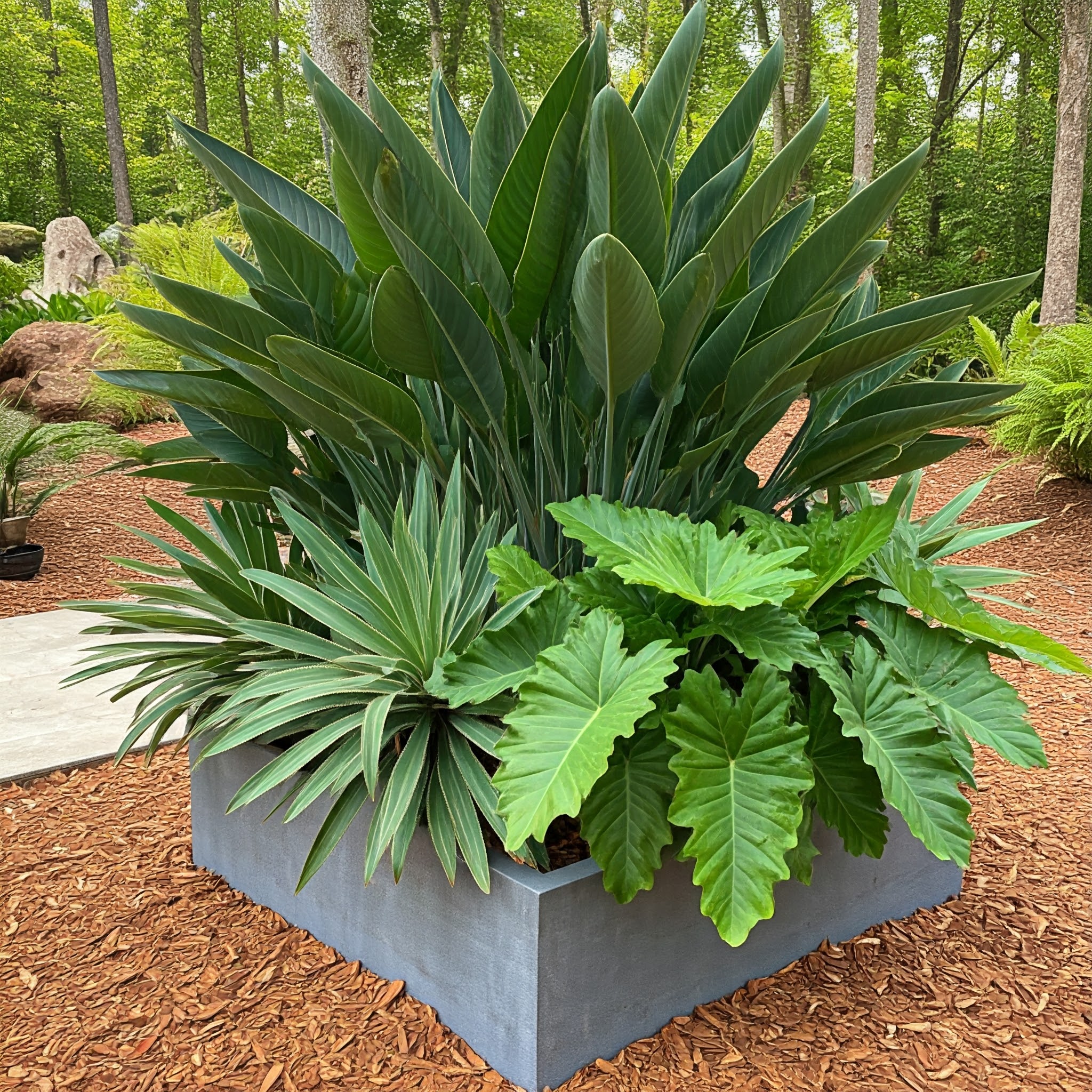
What are some common pests and diseases that tropical plants in Zone 6 may face?
While tropical plants are generally hardy and resilient, they may still face issues with pests and diseases in a Zone 6 garden. Some common pests that tropical plants may attract include aphids, mealybugs, and spider mites. To deter these pests, consider using natural insecticides or introducing beneficial insects such as ladybugs.
In terms of diseases, tropical plants in Zone 6 may be susceptible to fungal infections such as powdery mildew or root rot. To prevent these issues, be sure to plant your tropical plants in well-draining soil and avoid overwatering.
Additionally, regular maintenance and pruning can help keep your plants healthy and disease-free.
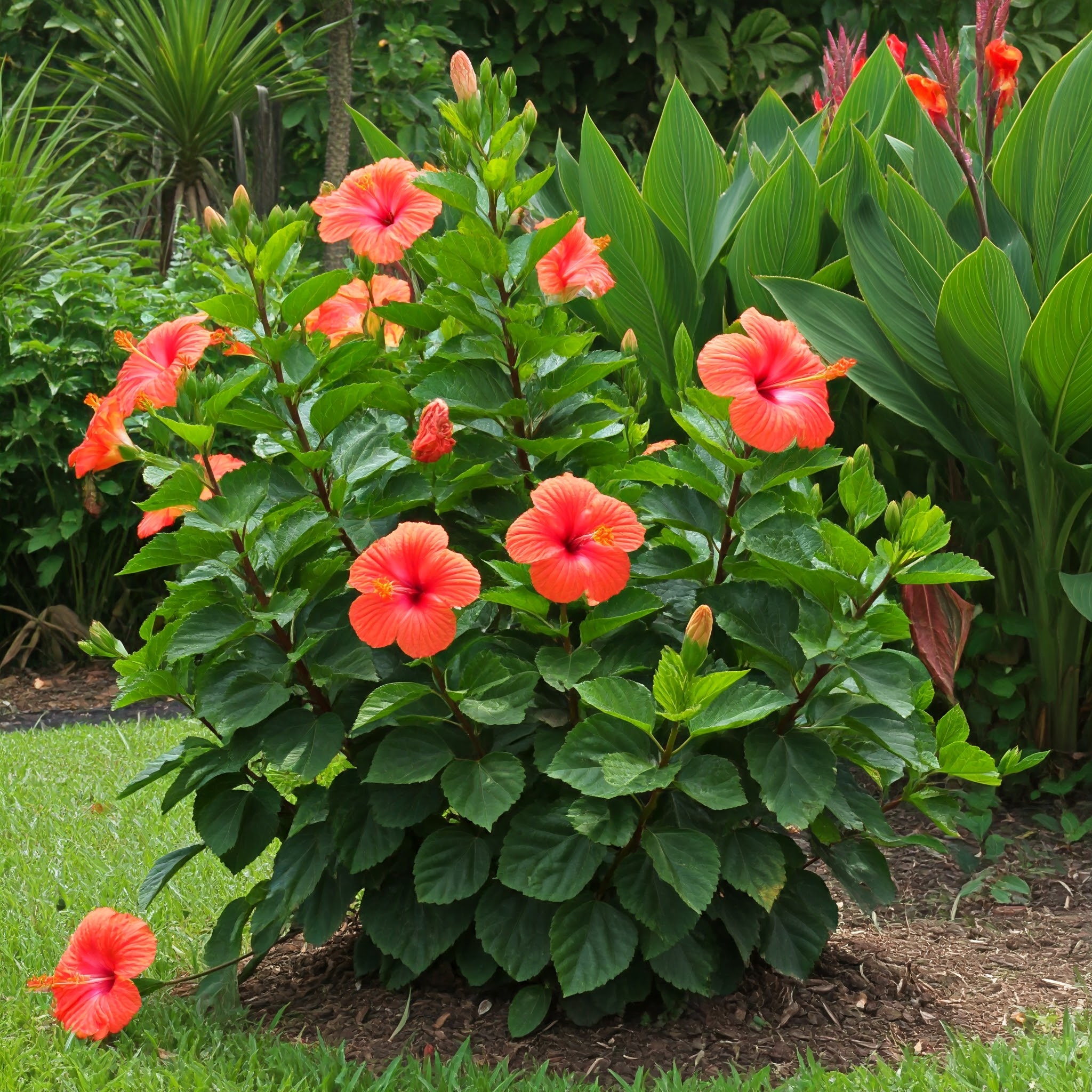
How can I prepare my tropical plants for winter in Zone 6?
As the colder temperatures of winter approach in Zone 6, it is important to take steps to protect your tropical plants. One option is to bring your plants indoors or into a greenhouse for the winter months. This will ensure that they stay warm and protected from the harsh winter weather.
If bringing your plants indoors is not an option, consider mulching around the base of your plants to provide insulation and protect the roots from freezing temperatures.
Additionally, wrapping sensitive plants in burlap or frost cloth can help shield them from frost and wind damage. By taking these precautions, you can help your tropical plants survive the winter and thrive once spring arrives.
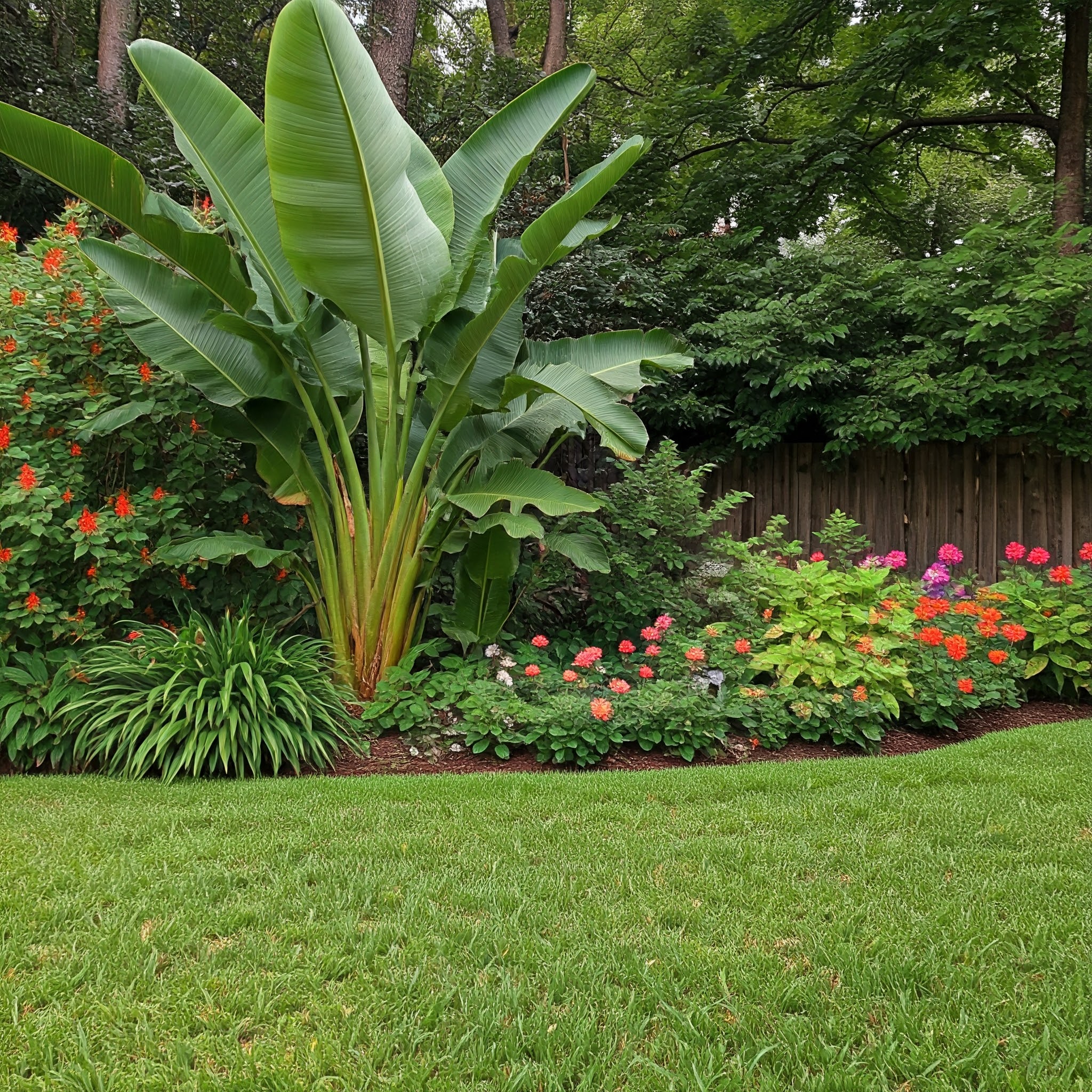
Conclusion
Creating a tropical oasis in Zone 6 is not as challenging as it may seem, with the right plants and care, you can transform your garden into a lush and vibrant paradise.
By incorporating tropical plants that thrive in Zone 6’s unique growing conditions and designing your landscape with a tropical aesthetic, you can enjoy a little slice of paradise in your own backyard.
FAQs
What are some common tropical plants that thrive in Zone 6?
Some common tropical plants that thrive in Zone 6 include palms, banana trees, hibiscus, cannas, bird of paradise, and bougainvillea.
Can tropical plants survive in the colder temperatures of Zone 6?
With the right care and protection, tropical plants can survive in the colder temperatures of Zone 6. Proper watering, sunlight, and winter preparation are key to ensuring the health of tropical plants in this climate.
Do tropical plants in Zone 6 attract pests and diseases?
While tropical plants are generally hardy, they may attract pests such as aphids, mealybugs, and spider mites, as well as fungal infections like powdery mildew. Regular maintenance and proper care can help prevent these issues.
How can I design my Zone 6 garden to create a tropical oasis?
To create a tropical oasis in your Zone 6 garden, consider incorporating exotic plants, colorful flowers, and water features. Planting a variety of tropical plants of varying heights and textures can add depth and interest to your landscape.
What steps should I take to prepare my tropical plants for winter in Zone 6?
To prepare your tropical plants for winter in Zone 6, consider bringing them indoors or mulching around the base of the plants for insulation. Wrapping sensitive plants in burlap or frost cloth can also help protect them from freezing temperatures.



